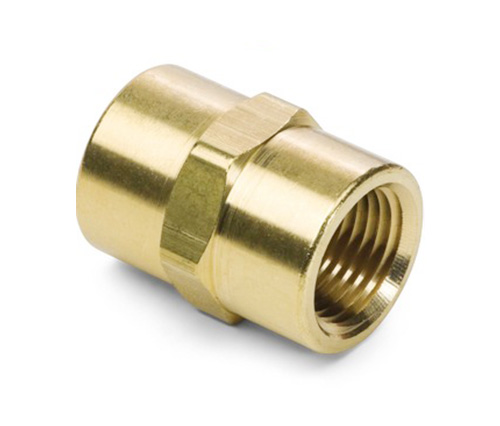Abstract:Pipe fittings are essential components of any plum...
Pipe fittings are essential components of any plumbing or piping system. They play a crucial role in connecting, redirecting, and controlling the flow of fluids, gases, or even solids within a pipeline. Whether you're a professional plumber or a DIY enthusiast, understanding the world of pipe fittings is vital to ensure efficient and leak-free plumbing systems.
Types of Pipe Fittings:
Elbow: Elbows are curved fittings that change the direction of the pipe. They come in different angles, such as 45 degrees and 90 degrees, allowing pipes to navigate around obstacles or change the flow direction.
Tee: Tees have a T-shaped design and are used to create branching connections in a pipe system. They allow the flow of fluid or gas to be divided into two or more directions.
Coupling: Couplings are used to join two pipes of the same diameter together. They provide a secure and leak-proof connection and are often used in repairs or extensions of existing pipelines.
Union: Unions are similar to couplings but are designed for easy disassembly of pipes. They consist of three parts: a nut, a female end, and a male end, making it convenient to disconnect and reconnect pipes without having to cut or replace them.
Reducer: Reducers are used when there is a need to connect pipes of different sizes. They come in two types: concentric reducers, which maintain a straight line between the pipes, and eccentric reducers, which offset the centerline of the pipes.
Valve: Although not technically a fitting, valves are integral to pipe systems. They control the flow of fluids or gases, allowing them to start, stop, or regulate their flow. Common valve types include ball valves, gate valves, and globe valves.
Installation and Maintenance:
1.Proper installation and maintenance of pipe fittings are crucial for the longevity and efficiency of any plumbing system. Here are a few key tips to consider:
2.Measure and plan before installation to ensure proper fitting selection and alignment.
3.Clean and deburr the pipe ends to remove any burrs or rough edges that may affect the sealing.
4.Apply appropriate sealants or thread tapes to create a tight and leak-proof connection.
5.Regularly inspect fittings for signs of corrosion, cracks, or leaks and promptly replace any damaged fittings.
6.Follow industry standards and guidelines to ensure compliance and safety.
In conclusion, pipe fittings are the unsung heroes of plumbing systems, providing the necessary connections and controls for the smooth flow of fluids and gases. Understanding the various types of fittings, their materials, and proper installation techniques is essential for anyone working with pipes. By unlocking the world of pipe fittings, you can ensure efficient, reliable, and leak-free plumbing systems that stand the test of time.

Product Features: All brass construction, Meets functional requirements of SAE J530 and SAE J531, Threads made to dryseal standards, Both forgings and extrusions available automation
Applications: Air Lines, Water Line, Cooling Lines
Specifications:
Pressure Range Up to 1000 psi
Temperature Range -65˚ to +250˚F
Typical Application: Grease,fuels,LP and Natural gas ,refrigertion.instrumentation and hydraulic systems